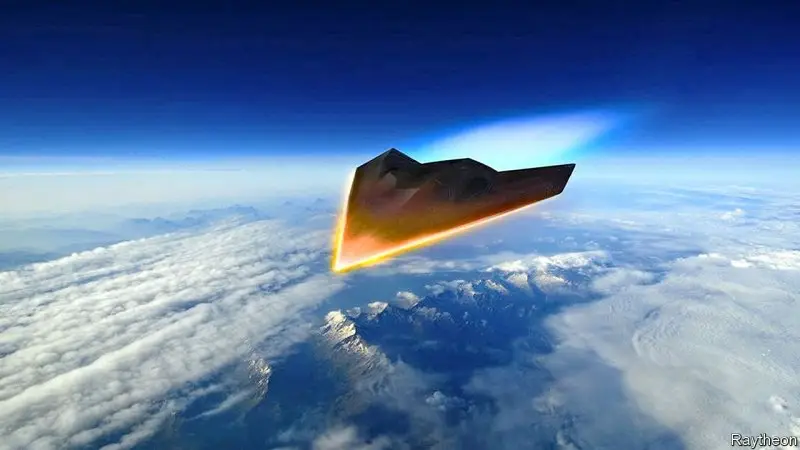(The Economist) Tom lehrer’s satirical ditty on the Nazi-turned-American rocketeer was faithful to the essence of early missile development, whose principal challenge was hoisting the weapons into the sky. Gravity did most of the rest. The first warheads capable of steering on descent did not arrive until the 1980s. Even they were limited in how much they could move around, making it pretty easy to predict their target area.
A new generation of hypersonic missiles is changing all that. Some might be capable of gliding across continents at great speed, their target unpredictable until seconds before impact. Russia claims to have a hypersonic glider on the cusp of deployment; others are redoubling their efforts. […]
Russia has been working on hypersonics for decades, haltingly. Its flagship Avangard glider was flaunted publicly by President Vladimir Putin in March 2018 and tested to great fanfare in December, after which it was declared ready for service this year—somewhat implausibly, say experts. Pavel Podvig of the United Nations Institute for Disarmament Research points out that very few of the glider’s tests were successful and that the programme was nearly shut down four years ago. […]
Read More © The Economist











